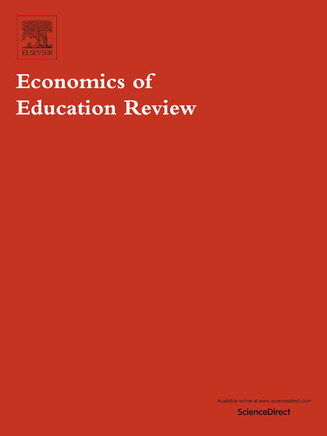EDUCATION AND LABOR MARKET RISK: UNDERSTANDING THE ROLE OF DATA CLEANING
ABSTRACT
This paper examines whether conclusions about the relationship between education and labor market risk depend on the use of commonly applied procedures to clean data of extreme values. The analysis uses fifteen years of data from the Panel Study of Income Dynamics to demonstrate that conclusions about the relationship between education and labor market risk are sensitive to how extreme values of labor income are treated. The untrimmed estimates imply that college graduates experience 75% less transitory labor market risk than high school dropouts. However, applying commonly used trimming procedures results in estimates of a one standard deviation transitory labor market shock for high school dropouts being reduced by between $2700 and $4500, or 14% and 24% of annual earnings. The results demonstrate that seemingly innocuous sample selection procedures can have substantive implications. (C) 2011 Elsevier Ltd. All rights reserved.
Statistics
Web of Science Times Cited
3
Journal Citation Indicator
0.8

